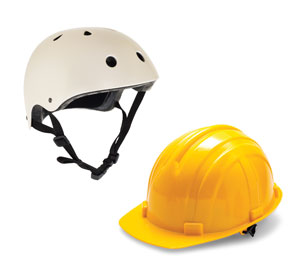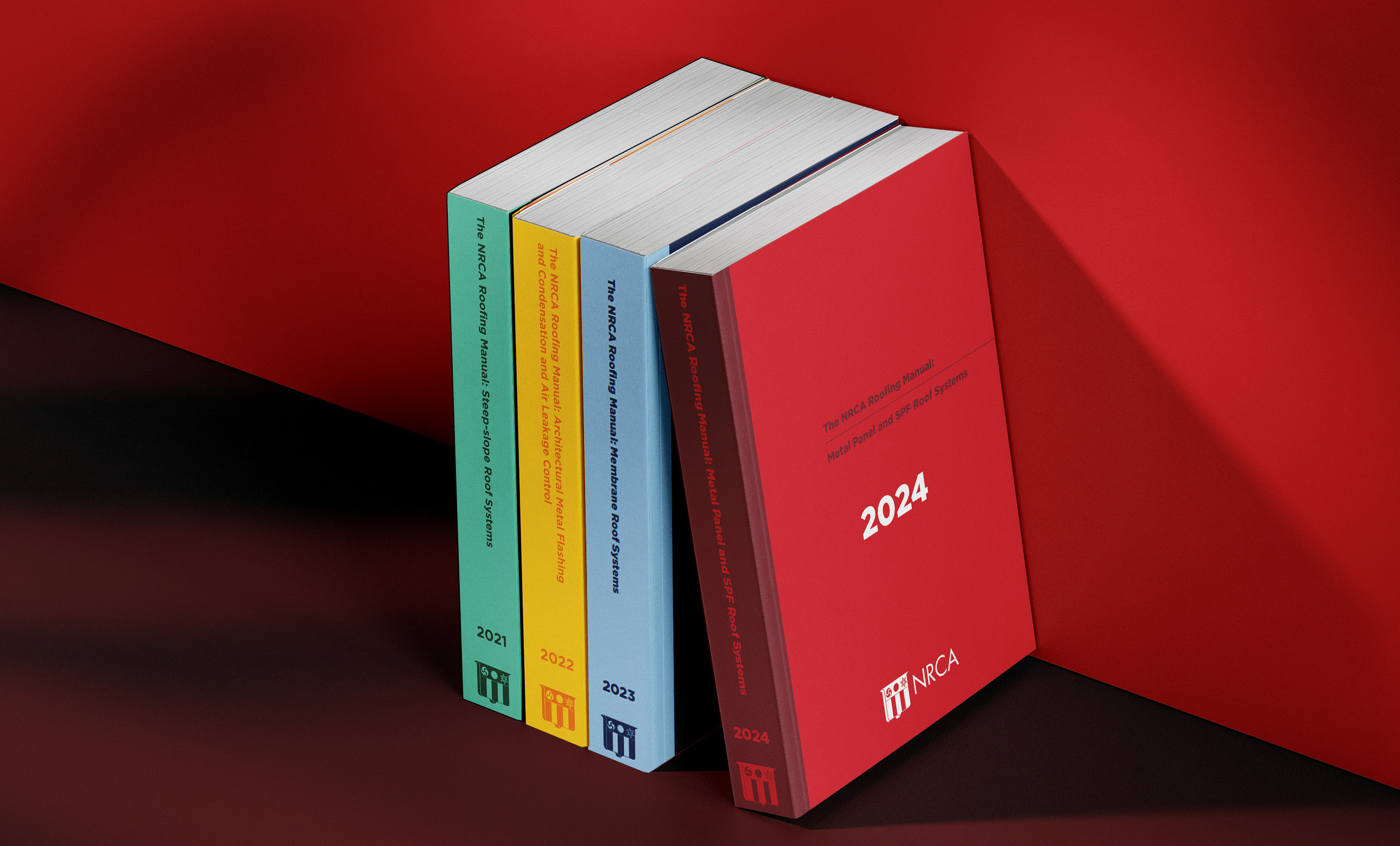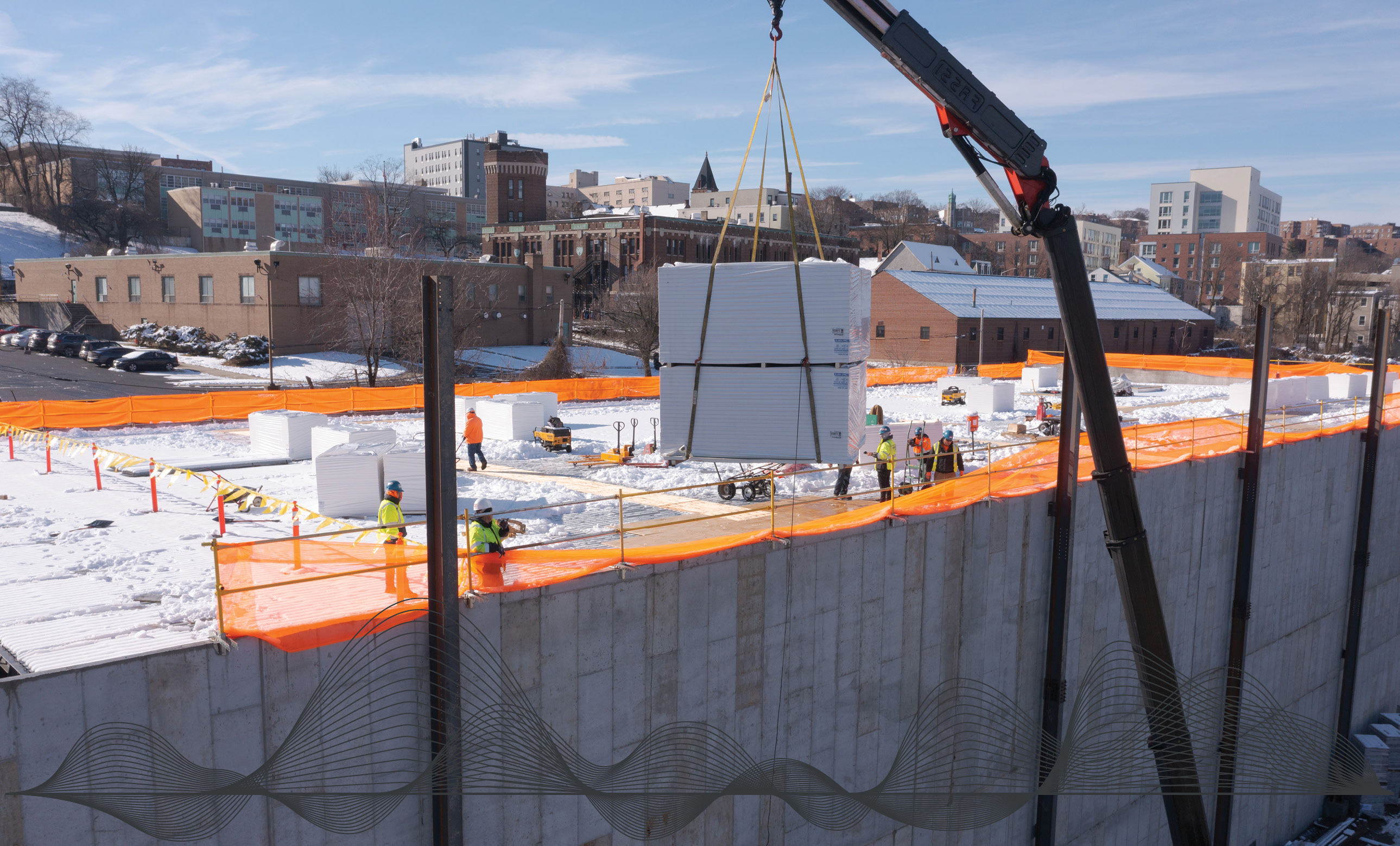What are the construction industry’s top staffing challenges?
 |
The construction industry continues to struggle with a labor shortage, and there are numerous factors contributing to the issue. Construction Dive shares the following top staffing challenges for construction in 2024.
- Lack of experience. A 2023 survey from Associated General Contractors of America shows many candidates do not have the right skills or experience to work in the construction industry. Additionally, many seasoned workers will soon age out; the Bureau of Labor Statistics reports nearly half of construction workers are older than 45. As a result, many in the industry are promoting construction as a career alternative to college for young students. Some experts say shortened training windows and a focus on technology also could help combat the worker shortage.
- Transportation challenges. More than one-quarter of respondents to the AGC survey said potential employees reported difficulty acquiring transportation to and from work. Some employers are incentivizing carpooling, providing shuttles and offering more flexible schedules, but a long commute still can make it difficult to retain workers.
- Childcare troubles. Many construction workers need flexible, quality childcare, but because they may need to arrive early or stay late, available childcare services do not always meet their needs. One in four respondents to the AGC survey reported workers needed flexible work schedules to help them with childcare or care of another family member.
- Drug use. One-third of survey respondents said their potential workers often cannot pass drug tests. The construction industry faces an opioid epidemic and a mental health crisis where workers often turn to legal and illegal substances. Drug testing is about maintaining workplace safety, and regulations legalizing or decriminalizing marijuana have made things tricky for employers when it comes to testing.
Experts say higher pay and an attractive culture—including advancement opportunities and better benefits—currently are some of the best ways to recruit and retain employees.
Holcim acquires ZinCo
 |
Holcim has acquired ZinCo, a manufacturer of advanced green roof systems based in Germany with global operations across the Americas, Asia and Europe. With its integrated green and solar roof systems, ZinCo will expand Holcim’s specification selling approach with tailored solutions to bring more nature into cities and improve urban well-being, from reducing heat island effects to improving air quality.
“ZinCo is recognized as a leader in advanced green roofing systems with a well-established network across the value chain, from architects and developers to distributors and contractors,” says Jamie Gentoso, Holcim’s global head of solutions and products. “This acquisition extends our leadership in advanced roofing systems and broadens the innovative and sustainable building envelope solutions available to our customers.”
With this acquisition, Holcim is advancing its goal of expanding solutions and products business to 30% of Holcim Group net sales by 2025.
How to choose a helmet vs. a hard hat
 |
Traditional hard hats have been a long-standing staple in the roofing industry, serving as the standard for head protection. Although hard hats offer practical utility, the advantages of modern safety helmets present an alternative to elevate worker safety.
The Occupational Safety and Health Administration recently moved away from traditional hard hats for its field staff and adopted the use of safety helmets. Despite there being no formal regulatory requirement changes, some industry employers also are beginning to transition away from conventional hard hats.
According to CPWR—The Center for Construction Research and Training, almost 8,000 construction workers suffered head injuries in 2018 and 230 construction workers died from those injuries. These types of injuries can be reduced by using appropriate head protection, but not all protective headwear is the same.
The American National Standard for Industrial Head Protection, ANSI Z89.1-201, created standards for protective headwear that assess the impact properties of a helmet. ANSI-rated Type 1 hard hats meet standards for impacts to the top of the head, but Type 2 helmets must meet standards for impacts to the top, front, back and sides of the head.
Most traditional hard hats only have a Type 1 rating, and though roofing contractors face overhead exposures, they also face potential for impacts to the side of the head. In addition to ANSI ratings, there are other key differences between hard hats and safety helmets employers should consider.
- Materials and construction. Traditional hard hats are typically made from high-density polyethylene or fiberglass. These materials offer durability and impact resistance and have made hard hats a reliable option for decades. Modern safety helmets often use advanced materials that contribute to lighter weight, improved strength and enhanced protection against impact.
- Comfort and fit. Traditional hard hats commonly feature an adjustable suspension system to ensure a secure fit. However, some workers tend to find them less comfortable during extended use. Modern safety helmets often incorporate adjustable straps and padding for a more customized, comfortable fit. Ventilation systems also are common, promoting airflow and reducing heat buildup, which can be especially beneficial on hot rooftops.
- Additional features. Unlike hard hats, most modern safety helmets feature an adjustable chin strap that keeps the helmet in place, reducing the potential for traumatic brain injuries often tied to incidents involving slips, trips and falls. Additionally, many modern helmet manufacturers offer optional features such as integrated communication systems and eye, face and hearing protection.
- Cost differences and life spans. A drawback of modern safety helmets is cost. Although costs vary among manufacturers, safety helmets often cost more than traditional hard hats. Fortunately, the life span of modern safety helmets may help justify the cost as most helmets have a life span of two to three times longer than traditional hard hats when cared for appropriately.
For questions regarding hard hats, safety helmets and other safety topics, contact Rich Trewyn, NRCA’s director of risk education and training, at rtrewyn@nrca.net.
New York tops USGBC ranking for LEED green building in 2023
 |
New York topped the U.S. Green Building Council’s annual ranking of states for LEED green building in 2023 after ranking third on the list in 2022, according to USGBC.
States were ranked based on the number of LEED-certified square feet per capita in the state. In 2023, New York certified 201 LEED projects for a total of more than 93 million square feet, equating to nearly 4.6 LEED-certified square feet per person. The top 10 states certified 1,221 projects and more than 338 million gross square feet under LEED.
The states following New York in the Top 10 included Illinois, Massachusetts, Washington, Georgia, Virginia, California, Colorado, Hawaii and Maryland. USGBC notes Washington, D.C., would have had the highest ranking with 43.04 green square feet per capita and 126 green building projects, but it is not included because it is not a state.



